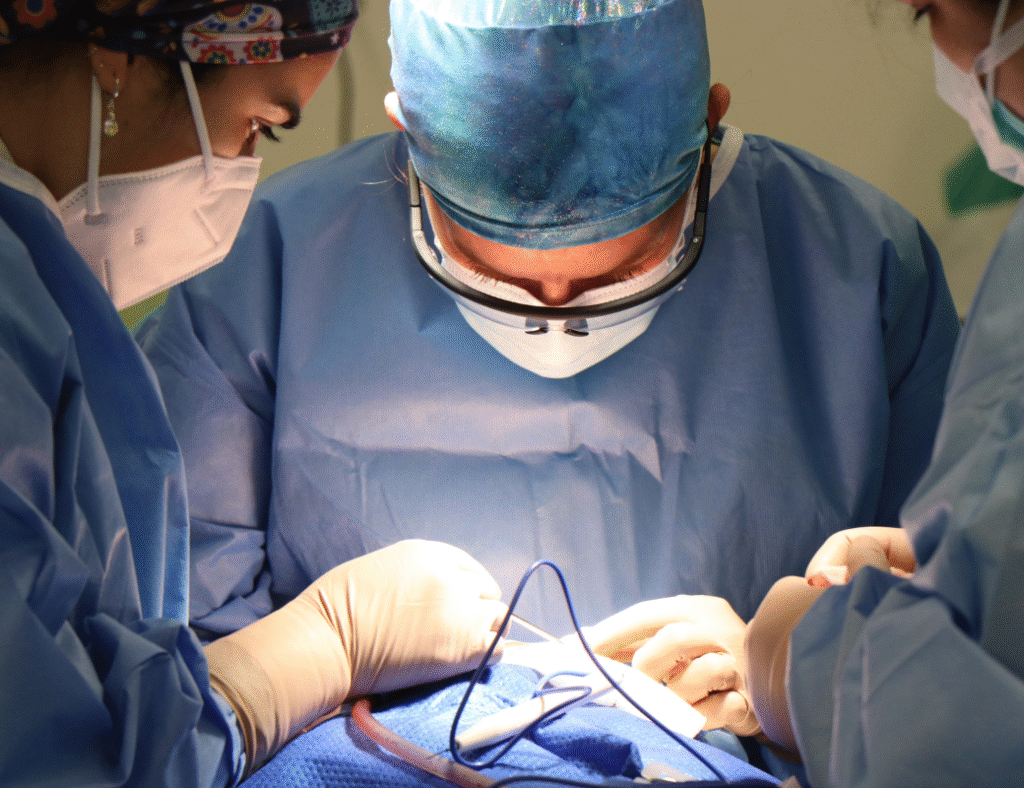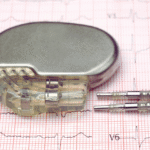Ileal Interposition Surgery is a lesser-known but increasingly significant surgical option, especially for patients with type 2 diabetes and obesity. It stands out as a metabolic surgery designed to improve blood sugar control and insulin sensitivity—often leading to remission in patients with diabetes. In this guide, we’ll break down the essentials of Ileal Interposition Surgery, including how it works, who it’s for, its benefits, and what to expect during recovery.
What Is Ileal Interposition Surgery?
Ileal Interposition Surgery involves rearranging a portion of the small intestine (the ileum) to a new position closer to the stomach. This surgical modification enhances the hormonal response involved in glucose metabolism, particularly by stimulating hormones like GLP-1 (glucagon-like peptide-1), which play a crucial role in insulin regulation.
Unlike more aggressive procedures such as gastric bypass, Ileal Interposition does not involve removing any part of the stomach or intestine. Instead, it focuses on rerouting the digestive tract to optimize hormone release—making it a stomach-preserving option.
Who Is a Candidate for Ileal Interposition Surgery?
This procedure is generally recommended for:
- Patients with Type 2 Diabetes Mellitus who do not respond well to medication and lifestyle changes
- Individuals with a BMI between 30 and 35 (sometimes even lower, depending on metabolic status)
- People without insulin dependency, especially in the early stages of diabetes
- Patients looking for non-malabsorptive alternatives to traditional bariatric surgery
Importantly, Ileal Interposition Surgery is often considered in countries where it has been extensively studied—such as India, Turkey, and some parts of Europe.
Benefits of Ileal Interposition Surgery
Many patients and healthcare professionals are drawn to this surgery because of its unique set of benefits:
- Improved Glycemic Control: Most patients experience better blood sugar levels, and in some cases, full remission of type 2 diabetes.
- Weight Reduction: While not the primary goal, patients often lose excess weight as a secondary benefit.
- Preservation of Stomach and Intestine: The surgery does not require removal of any organs, preserving digestive function.
- Improved Quality of Life: With better blood sugar regulation, many patients can reduce or completely stop their medications.
- Lower Risk of Malabsorption: Compared to other metabolic surgeries, there’s a lower chance of vitamin and mineral deficiencies.
How the Procedure Works
The surgery is typically performed laparoscopically, meaning it involves minimally invasive techniques with small incisions. During the operation:
- A segment of the ileum (the final portion of the small intestine) is isolated.
- This segment is then repositioned closer to the duodenum (first part of the small intestine).
- The repositioned ileum stimulates a stronger release of metabolic hormones when food passes through it earlier in the digestion process.
This early exposure of food to the ileum improves insulin sensitivity and helps regulate blood sugar levels.
Recovery and Post-Surgery Expectations
Recovery time after Ileal Interposition Surgery is relatively quick due to its laparoscopic approach:
- Most patients are discharged within 3 to 5 days after surgery.
- A liquid diet is usually recommended for the first week, followed by a gradual return to solid foods.
- Patients typically return to normal activities within 2 to 3 weeks, although this may vary depending on overall health.
Ongoing follow-ups with your healthcare team will ensure that your metabolic parameters continue to improve.
Final Thoughts
Ileal Interposition Surgery is a promising option for managing type 2 diabetes, especially for patients who have not responded to conventional treatments. It’s a procedure that not only targets the symptoms of diabetes but addresses the hormonal root causes of the disease. By preserving the anatomy of the digestive system while enhancing metabolic response, this surgery offers a new direction in diabetes management.
If you’re considering Ileal Interposition Surgery, it’s essential to consult with a specialist experienced in metabolic and bariatric surgery. They can provide a comprehensive evaluation and determine if this approach is right for your needs.



